For a trip back home this Chinese New Year I only packed one camera and lens – the Olympus E-P5 and M.Zuiko 25mm F1.8. Little did I expect the, now 7 year old, E-P5 to malfunction and leave me with a dead LCD screen (with the external EVF back in KL). A little testing revealed that, aside from the LCD screen, the camera worked perfectly fine. This left me with two options for my time in Kuching – turn to my smartphone or take up the no LCD, no EVF challenge and use the E-P5. I chose the latter and every single image in this article was taken without the ability to compose my scene.
Framing is obviously a big issue, with no functional LCD or EVF, as I have to guess if my subject is in the frame at all. Composition was hit and miss and shooting with a narrow 25mm F1.8 lens did not help either. I had no idea what AF point I was on (I prayed to the photography gods and hoped it was in the middle) and making sure I had critically sharp images was not possible. I also had no shutter speed and aperture information but I did remember the last ISO setting I used was ISO200. I then decided to shoot between P (Program mode) and i-Auto interchangeably and test my luck. Program mode in the camera should have been smart enough to get me some decent shots (preventing hand-shake, getting sufficiently fast shutter speed). Finally, not being able to review each shot post-capture was frustrating as I had no way to verify if I had nailed my shot until it was too late.
Having become reliant on “What You See Is What You Get” live view or EVF shooting, I now found myself struggling with the lack of instant feedback on exposure, white balance, focusing accuracy and overall framing. There were too many unknowns to deal with and I had to rely on two basic yet crucial factors to survive this session – 1) my own experience, skills and instincts as a photographer and 2) faith in the camera.
If you have been following me for a while, you will know that my most used lens is the M.Zuiko 25mm F1.8 lens. Having used the same lens over a long period of time on my default choice of camera for street shooting, the E-P5, I have developed a natural instinct on where to position myself to capture the frame that I have in mind. Estimating the right distance between the lens and the subject was not an easy feat, but I have shot with this lens so much that I managed to successfully compose my images with a decent hit rate. Of course there are failures and near misses, but on the whole I was quite happy with the framing of most shots. This is proof that the old advice of shooting one lens only for one year to truly master “seeing” with that particular focal length has some validity.
The E-P5, though an old camera now, still managed to perform admirably. Exposure on P or i-Auto was close to accurate, and any slight over or under exposure was easily corrected in post. I had ISO200 set before the screen went dark, so image quality was not an issue (obviously I did not do any shooting in dark conditions). What truly took me by surprise was the focusing hit rate; assuming that the focusing point was set at the center, I tried my best to compose images by placing the subjects right in the middle. While this limited my composition options and creativity, my priority was getting my main subject in perfect focus and the E-P5 did not disappoint.
Sometimes, we should learn to trust the camera more, especially given how advanced the automated features are. They work effectively most of the time, so the big question becomes – are we efficient enough in operating the camera?
It took me 3 shooting sessions (about 1-2 hours each) to collect sufficient images foro the series shown here. In the first session, I lacked confidence and was unsure if I managed to get anything at all. I was literally shooting blind and felt helpless without a working LCD screen. When I previewed the images on my laptop, I found that my execution was not as bad as I expected. Building up more confidence, I went out for two more sessions and told myself not to worry so much about what I cannot control but focus on identifying my usual street shooting subjects. The beautiful light, the friendly stranger that was waiting for his portrait to be taken, the almost impossible yet dramatic coincidence of color coordination between subject and background and any scene that was out of the ordinary. Oh and cats too, never forget the cats.
Shooting blind for a few days allowed me to learn more about myself and my street photography too. I found that having direct eye contact with the people that I shoot was quite a different and possibly more positive experience in comparison to shooting through the viewfinder. Also, not being able to control much at all freed me from worrying about technical execution and allowed me to focus on the subject I was shooting. I may have been shooting blind but I actually saw more and took my time to look around for opportunities. Ironically, the lack of a LCD or EVF helped me see more while shooting.
The take away from this experiment? The one lens, one camera setup for street photography can take your photography to the next level. This cannot be rushed as natural instinct takes time to develop. It’s frustrating to see how many photographers dismiss their lenses so quickly and jump to upgrade. I think everyone should spend more time getting to know their cameras and lenses before giving up and deciding that the gear is not good enough.
__________________
We are also on Facebook and there is a curated reader Flickr pool.
Images and content copyright Robin Wong 2019 onwards. All rights reserved

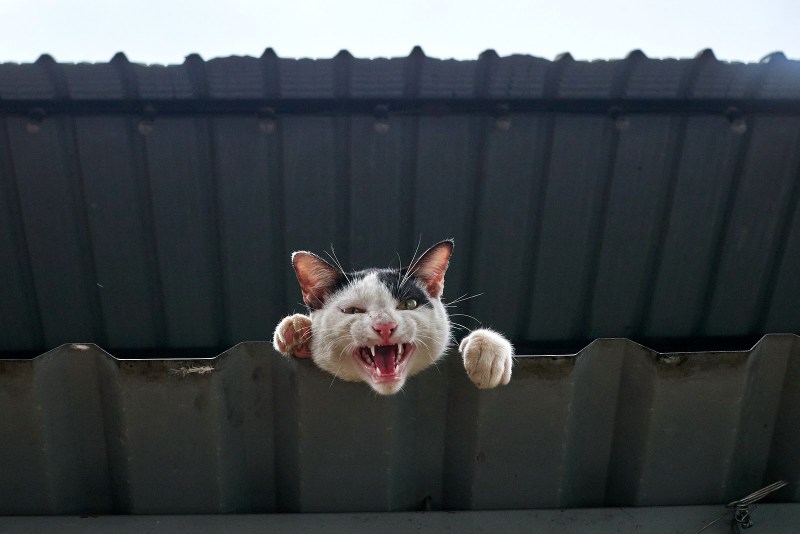
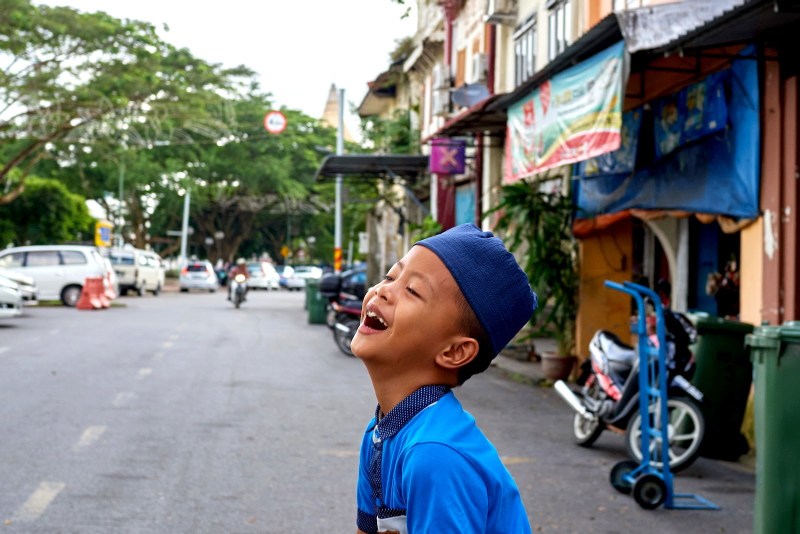
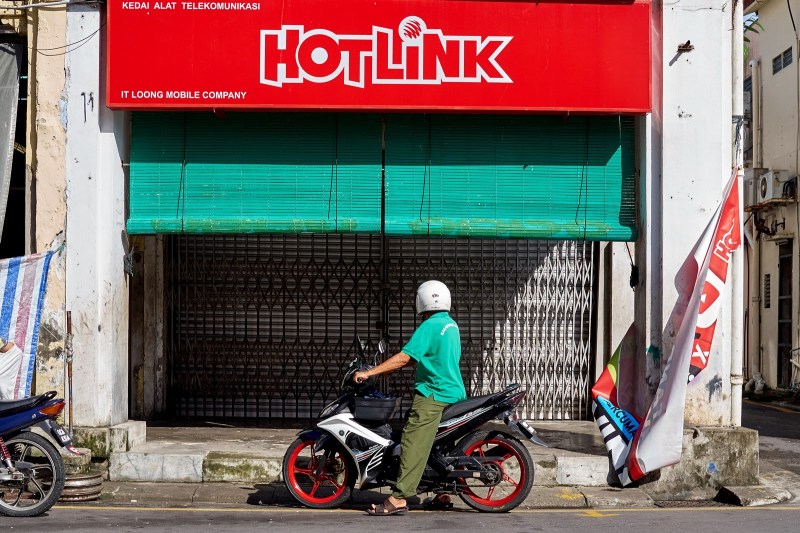
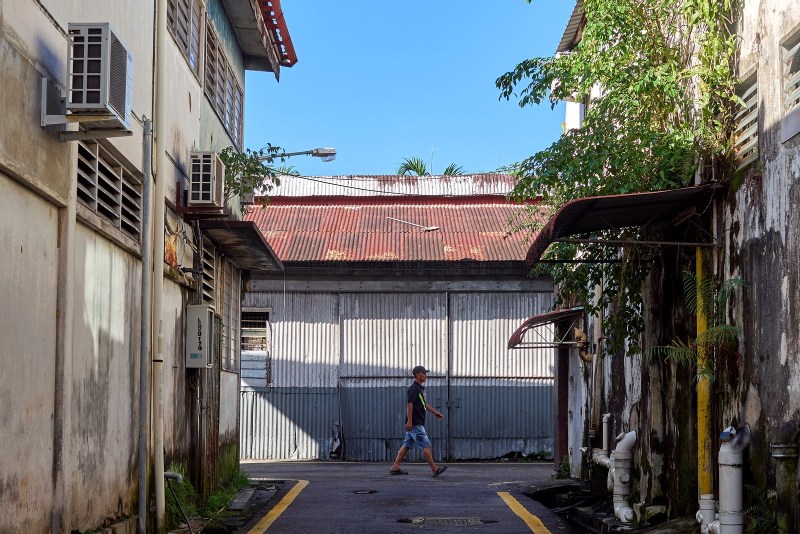

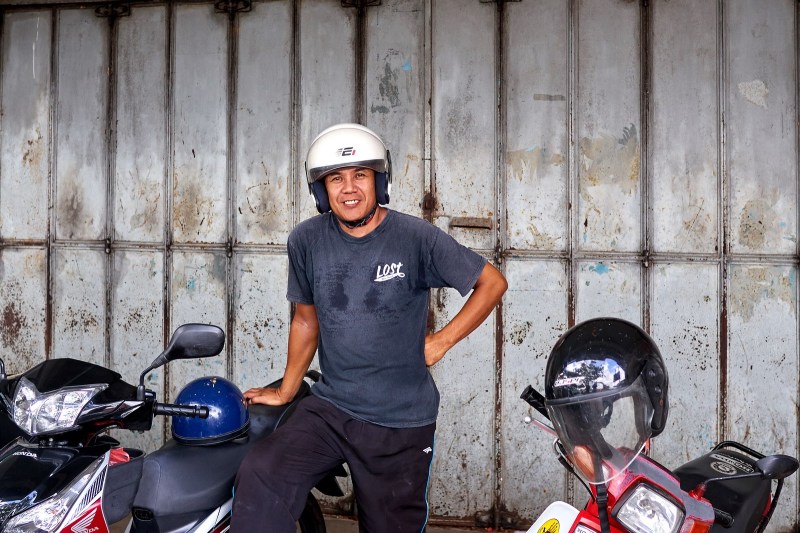

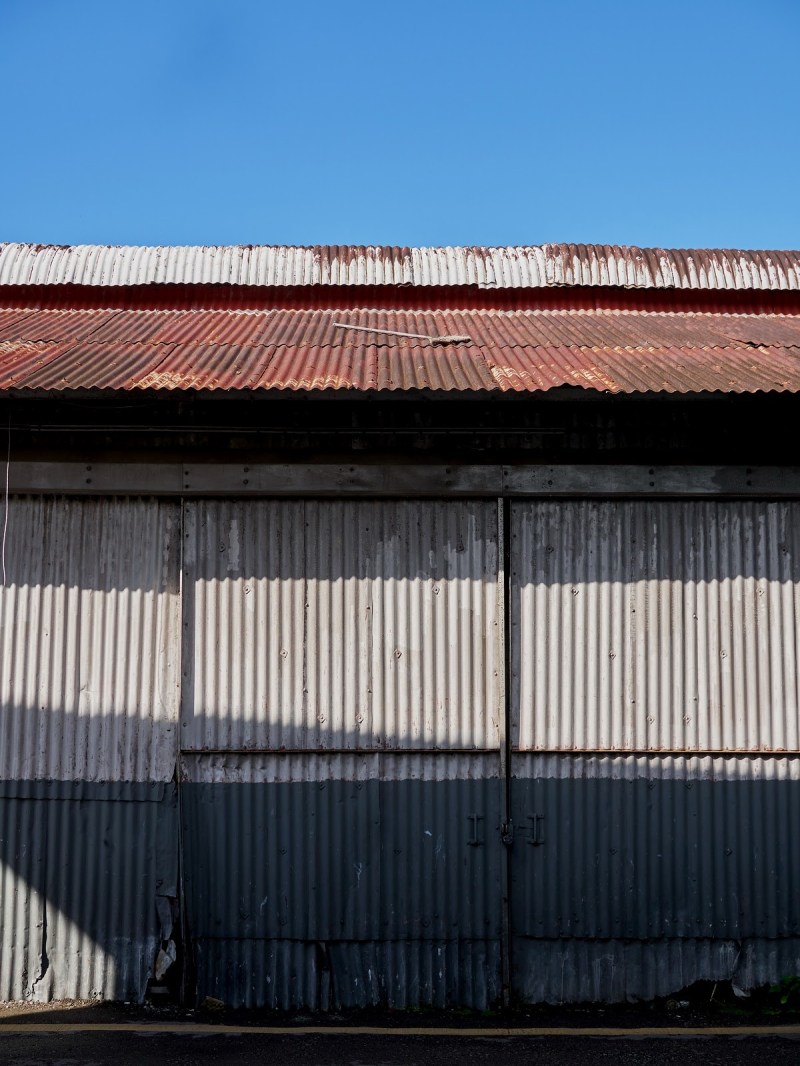


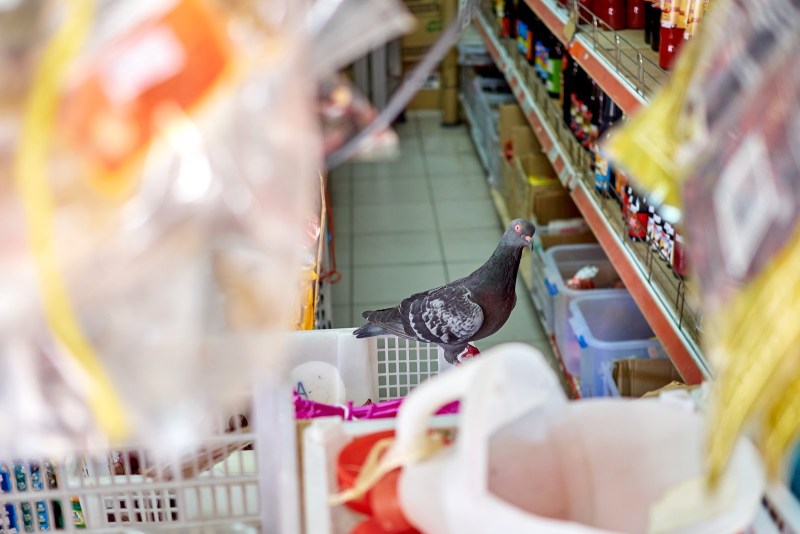

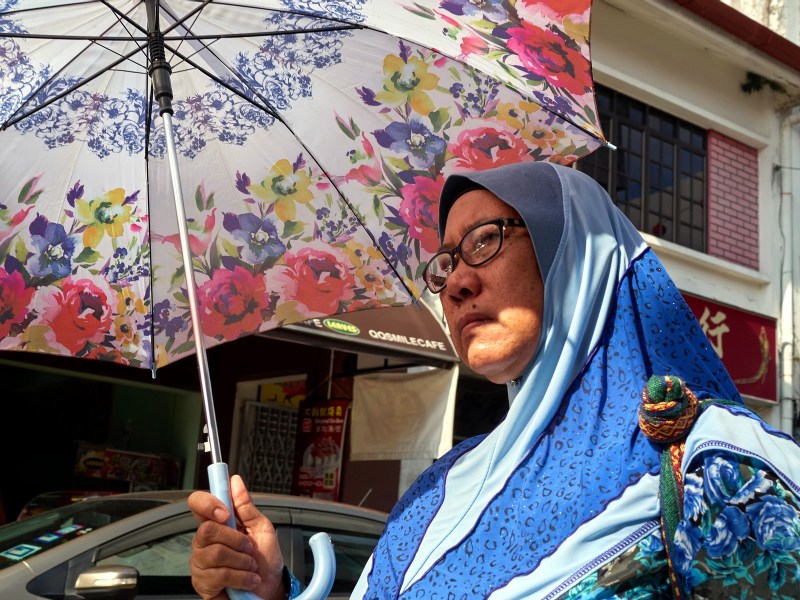
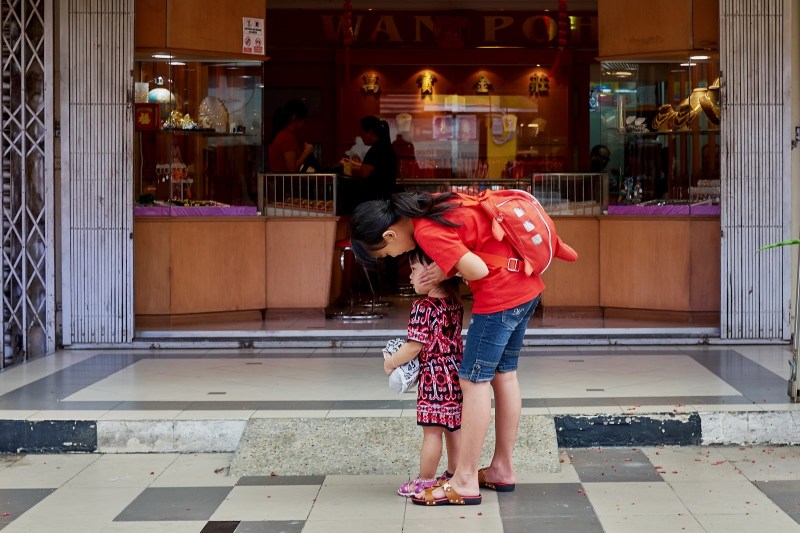





Hi Robin
A really interesting article – I completely missed it up to now. Maybe I have to try this one too, normally I find it rather difficult to approach people and then look at them trough the viewfinder.
One thing to never forget if you ever have the same situation again 😉 I think it works for all Olys:
Left press activates moving the focus zone (or moves it left, depends on your settings). Then you press long on the OK button, and the focus zone will go to default (center).
Great topic for a blog Robin…and many great results! I read with interest as my pick up and go combo – Nikon V1 with f1.8 18.5mm (50mm equivalent f/l) – lacks a working screen and my interest in candid shots has got me experimenting with shooting without using the viewfinder, in effect shooting blind like you did. Knowing that lens / body combo rather well now I’ve started to get a few shots I’m very pleased with, including when I’ve shot portraits of kids from a lower angle because there has been no reason to hold the camera to my eye. You have inspired me to take my experimentation with this technique further and try it more widely in street shooting / shooting from the hip situations.
I definitely appreciate what you say about shooting this way allowing you to see more and engage with your subject without the camera being a barrier. Composition is indeed more important than anything. As a bonus, that lens allowed you to get a couple of shots with somewhat narrow DOF even without aperture control! And as an environmentally conscious person, I take my hat off to you for squeezing the most out your equipment before considering them dead.
Despite my enjoyment of the shooting blind challenge, if I lived somewhere like Malaysia I would no doubt get my screen (actually the eye sensor) fixed like you but here in the UK it would be crazy expensive.
Great street photography 🙂 my experience also over many years as commercial photographer it never about equipment
Thanks! I think it is about understanding and executing the equipment well!
This bears out my working premise for the last few years “If I were to go blind, I would be be just as good a photographer as I am now”
Kevin is a humble man with no ego problems!
Whoever this Kevin guy is, I wanna meet him!
Oh dear let’s hope nobody goes blind! But I have seen a blind photography (real blind people shooting) exhibition and it was incredible!
Good one!
This has been my experience also over many years as commercial photographer it never about equipment
Great shots !! ☺️
Cheers!
Fine street photography; and the “one camera-one lens” point amply made!
Thanks!
H. C.Bresson did that in the 1930s. Robin is a talented follower.
Robin, are any of those cropped? The biggest obstacle I can think of with no finder is keeping the camera level. In particular your shot of the yellow shutters against the red wall.
For this one particular article, none of the images were cropped, except the one portrait shot of the man (close up headshot) wearing a black cap. Everything else was non-cropped. Keep the camera leveled was not as difficult as I imagined
Awesome shots again, Robin! Even more so considering you were camera blind. What a very interesting and unexpected way for a photographer to spend a holiday shooting and it turned out to be a positive experience. And yes, that cat shot is great!
Thanks Mike, the cat was my favourite too!
Downright brilliant results. Without the story, the photos would have been impressive as ever. With it, they become a real accomplishment.
Thanks! I do admit, some of these shots were pure luck!
Here comes the beauty of Fuji approach. ISO, Shutter, exp. comp visible on dials plus F stop on lens. One thing puzzled me. How did you AF not knowing what it picks up? Thats why I love manual lenses especially Leica and small sturdy. For AF sake I bought in Fuji with nice compact WR F2 primes but on my recent trip my most used lens for crowded street shooting was tiny Laowa 9/2.8. By the way as MT said. Who travels with just one cam? O.K. smartphones. As to framing ( I use a lot normal lens ) I use old Leitz 50mm finder, to frame the motive without turning camera on and to use it on camera in very bright sun, when zone focusing.
Personally (I am going to sound biased) the excessive dials all over the place does not work for me. It is difficult for me, and I’d rather work with twin dial approach. However, can you honestly tell me you will still shoot with you have no way to compose or see your shot? To me the camera settings are secondary, composition matters more.
I-Auto allows the camera full control of what to focus on. I have left the focusing point at the middle of the screen before it died, so I just need to make sure the subject is perfectly centered for the AF to work.
It was a Chinese New Year holiday. I did not plan to do anything serious. Photograph is secondary as it was a huge festival celebration with family and friends. I am a minimalist when it comes to personal photography. Of course things change when it comes to commercial side of things.
I`m minimalist too, I used to shoot Leica. As to composition stuff, that`s why I mentioned that little optical finder to train my estimating 50mm view. As matter of fact, I love to carry separate optical finders just to see what lens I should put on. Still shooting from hip as I often do is easier with wideangles. Finally, I do give to you nice framing by eye. No cut-off feet or heads.
Eh, bro, your photos without lcd composition are better than your usual ones. I think you need to gaffer tape all your cameras so that you cannot aim with LCD or EVF 🙂
Haha, maybe I should make this a recurring thing.
Lovely pictures! The warm colours and skin tones are gorgeous and good framing while not being in a position to frame.
I think the EP5 is 6 years old. I was released mid 2013 which is when i bot mine. Mine sometimes does not turn on.
Could you have used the WiFi and smartphone app as an offboard viewfinder.
How do you propose using WiFi with a dead LCD screen? First u need to either 1) touch the WiFi icon at top left of the LCD screen to initiate WiFi or 2) dive into the camera menu. Both options were void when the LCD died.
Are you suggesting you have a third option? Please share.
Fuji ;-). I set one of the buttons to Wifi on (because i often use it) and the rest can be done in Smartphone. I hope it will never be needed, but in case both the viewfinder and the lcd screen do not work there is a solution.
Some of the MFT cameras are so tiny that it is easy to carry a second body with you, at least in your car.
But I’m sure this will not happen to you a second time.
You’re absolutely right, by the way, saying that composition ist much more important than the layout of a camera body.
To me it is funny but since there is an ISO Wheel i use it more often, also the aperture on the Lens because it is so intuitive to me. Over the time i forgot how easy it can be to set the camera the way i like and fit the settings very fast to the changing environment. If i have the controls, i use it. If they are hidden in menus they are just out of reach if i need them. Think of the ISO setting on older Nikon bodies or that you have to change the mode (PSAM).
The pictures are amazing!!
Thanks!
“It took me 3 shooting sessions (about 1-2 hours each) to collect sufficient images foro the series shown here.”
Typo: “foro” in this sentence.
Interesting article. I enjoyed it. Glad to see your perseverance paid off.
Thanks for pointing that out. Perseverance is important!
My first takeaway ….. Any 7 years old camera tends to develop faulty parts …. *ouch*. Second takeaway, it takes lots of experience and knowhow to be able to take photos with “no LCD & no EVF”.
if a camera is used fairly often, I don’t think it will last longer than 5 years, or at least I don’t expect it to, considering how brutally I torture the camera. Experience is important, only through enough experience you can know the camera inside out.
I admit I don’t generally keep them that long, but yes – two to three years of heavy use at most. Sometimes less, depending on the environment.
Bad luck? – I hate to disillusion you Robin, but I think you’ve turned an awkward experience into “good luck” – you’ve established your credentials as – how did you describe yourself? –
“had to rely on two basic yet crucial factors to survive this session – 1) my own experience, skills and instincts as a photographer and 2) faith in the camera.”
That’s it – self reliant – blessed with experience, skills and instincts as a photographer – and having faith and confidence in the camera (and your own abilities!)
No doubt you checked the results whenever you could, out of camera – as you mention, previewing them on your laptop.
But I have to say – “congratulations are in order”, Robin! Heaps of ‘togs would go into meltdown in those circumstances. Yet you have achieved, and gone on to achieve – and the results are outstanding. You have shared 15 photos with us – all good shots – but what is truly impressive is that the majority of them – yes, “majority”! – are outstanding! And apart from your co-conspirator Ming, there are few among us who could achieve such a result, even without camera problems!
So, Robin – take a bow!
I’d pull out the iPhone (or more likely, this is why we usually carry backup bodies on a job…)
That is one thing I’m sure about Ming, he is a true scout,” be prepared!” He would be the last person to come to a ( paid ) shoot unprepared. At least 2 of everything!
Jean, thanks for the kind words, and it was somehow disheartening because I originally intended to do some very casual portraits of my mum by the beach during the holidays. Not having a camera was really a bummer. However, it also forced me to put the camera aside and truly spent time with mum, which I think worked out better. I shall do the portrait session the next time i fly home.
MT, I almost wanted to use the smartphone all the way. But I saved that only for all my kolo mees and laksas.
Hi Robin,
you cat-shot is awesome. I also like the window with its amazing colors.
I don’t know the exact place where you have been, but after all, the pen is a MFT camera. So i am i little surprised is there no photo shop selling a MFT camera?
Even a cheap Kit or an entrance camera could have helped, and you either could use it later as a backup body or buy a new pen. I think you’ll replace the body anyways?
Nah, I will get the LCD screen fixed and continue abusing the E-P5. Also, I’ve had several cameras and I don’t plan to add another one, especially since it will be redundant to what I already own
Really? Very interesting. I think here in Germany are only few Workshops for camera repair. And without warranty they are way to expensive to repair such an old digital camera. Here it is way cheaper to look for a good body on Ebay.
In Malaysia it is different?